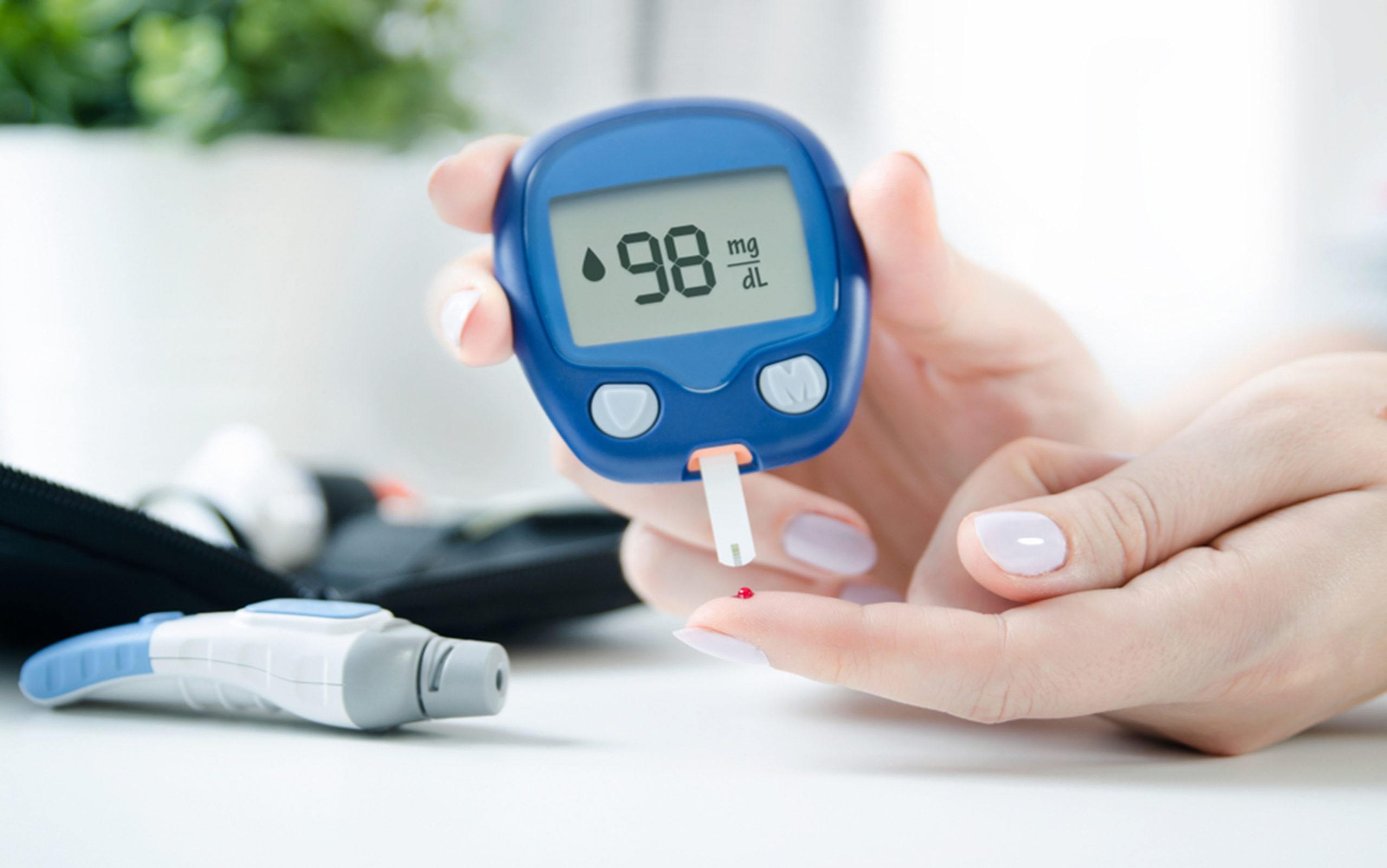
Hearing from your doctor that your blood sugar is borderline high—commonly known as prediabetes—can be unsettling, especially if you’re hoping to avoid medication.
Prediabetes means your blood sugar is elevated, but not yet at the threshold for type 2 diabetes. Fortunately, with timely lifestyle changes, it’s possible to manage your blood sugar naturally and reduce the risk of diabetes.
Understanding Prediabetes
Prediabetes is typically diagnosed when fasting blood sugar ranges between 100–125 mg/dL, or when an A1C test reads between 5.7% and 6.4%.
It’s a warning sign that your body is starting to struggle with glucose processing. Though it doesn’t guarantee you’ll develop diabetes, it does mean it’s time to take action.

Focus on a Balanced Diet
What you eat has a powerful effect on your blood sugar. A healthy, balanced diet centered on whole grains, lean proteins, healthy fats, and plenty of vegetables can help stabilize levels.
Filling half your plate with non-starchy vegetables, a quarter with whole grains, and a quarter with lean protein is a useful guideline. Eating smaller, frequent meals and choosing low-glycemic foods can also help avoid sudden spikes.
Add More Fiber
Fiber, especially soluble fiber, plays a key role in slowing down sugar absorption and improving blood sugar control. Try to get 25–30 grams per day from sources like oats, legumes, fruits, vegetables, and seeds.
Cut Back on Sugar and Refined Carbs
Limiting sugary foods and refined carbohydrates is essential. These items cause rapid increases in blood sugar. Instead, choose complex carbs like brown rice, whole wheat, and quinoa.
Read labels carefully to avoid hidden sugars, and replace sugary drinks with water or herbal tea.
Exercise Regularly
Physical activity is one of the most effective ways to improve insulin sensitivity. Aim for at least 150 minutes of moderate exercise per week, such as walking or swimming.
A mix of aerobic activity and strength training yields the best results. Building muscle helps the body process sugar more efficiently.

Stay Hydrated
Drinking water helps the kidneys flush out excess sugar. Aim for 8–10 cups per day, more if you’re active or live in a hot climate. Skip sugary drinks, and consider flavoring water with lemon or cucumber if plain water isn’t appealing.
Manage Stress
Chronic stress can raise blood sugar levels by triggering the release of cortisol. Activities like meditation, yoga, deep breathing, or simply spending time outdoors can help manage stress levels. Exercise and good sleep also contribute to stress relief.
Get Enough Sleep
Quality sleep supports healthy blood sugar. Poor sleep affects insulin sensitivity and increases diabetes risk. Try to get 7–9 hours each night. A consistent bedtime, relaxing routine, and limiting screen time before bed can improve sleep quality.
Track Your Blood Sugar
Monitoring your blood sugar regularly can help you understand how your habits affect your levels. Keeping a log of readings, meals, activities, and stress levels can reveal helpful patterns and guide adjustments to your routine.
Consider Natural Supplements
Certain supplements, like cinnamon and chromium, may support blood sugar control. However, they should be viewed as a complement—not a substitute—for a healthy diet and lifestyle. Always check with a healthcare provider before starting any supplement.
Work with Your Doctor
Lifestyle changes can have a major impact, but it’s important to work closely with your healthcare provider. They can guide your progress, help you adjust your plan, and determine if medication is necessary.